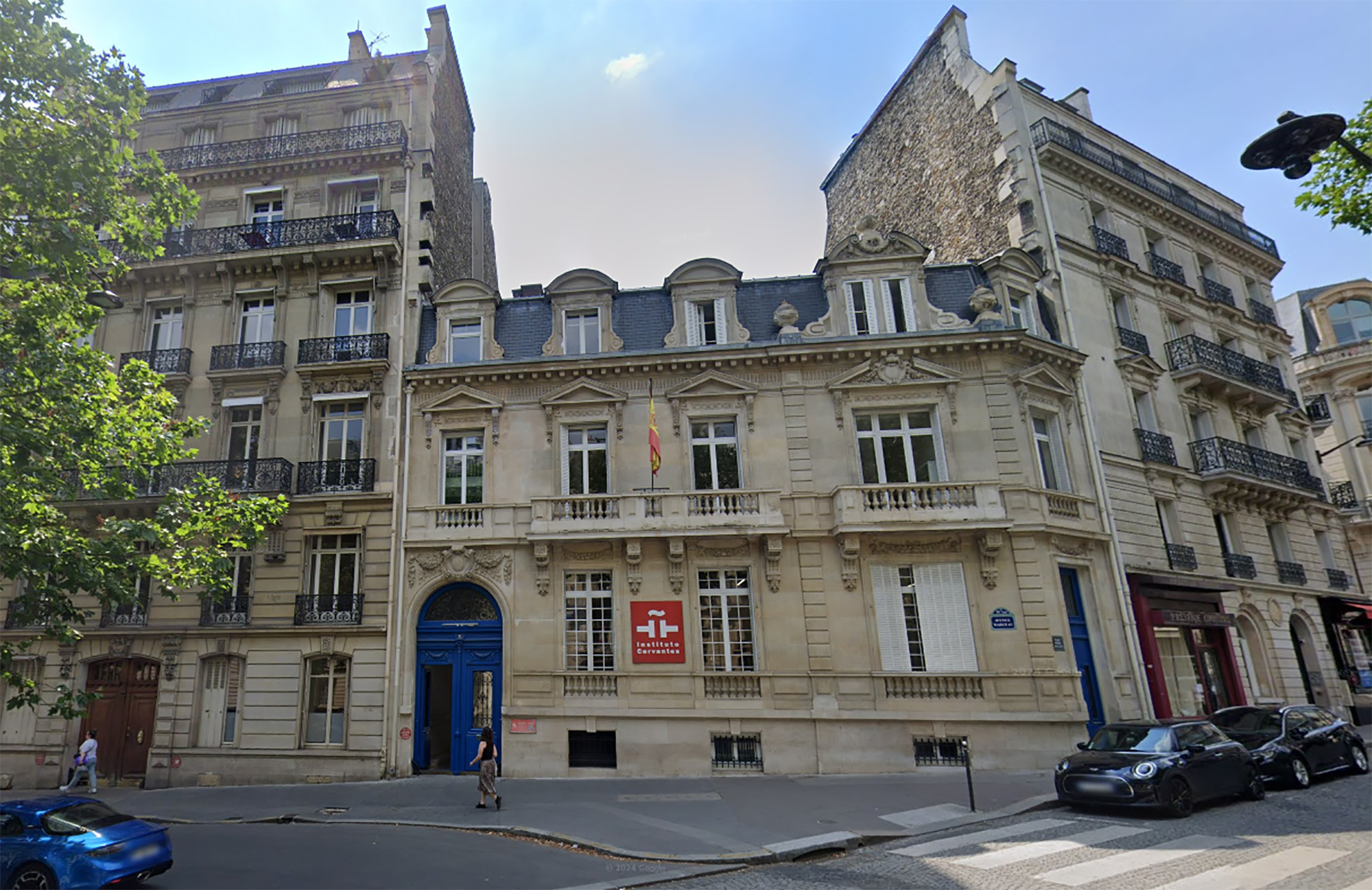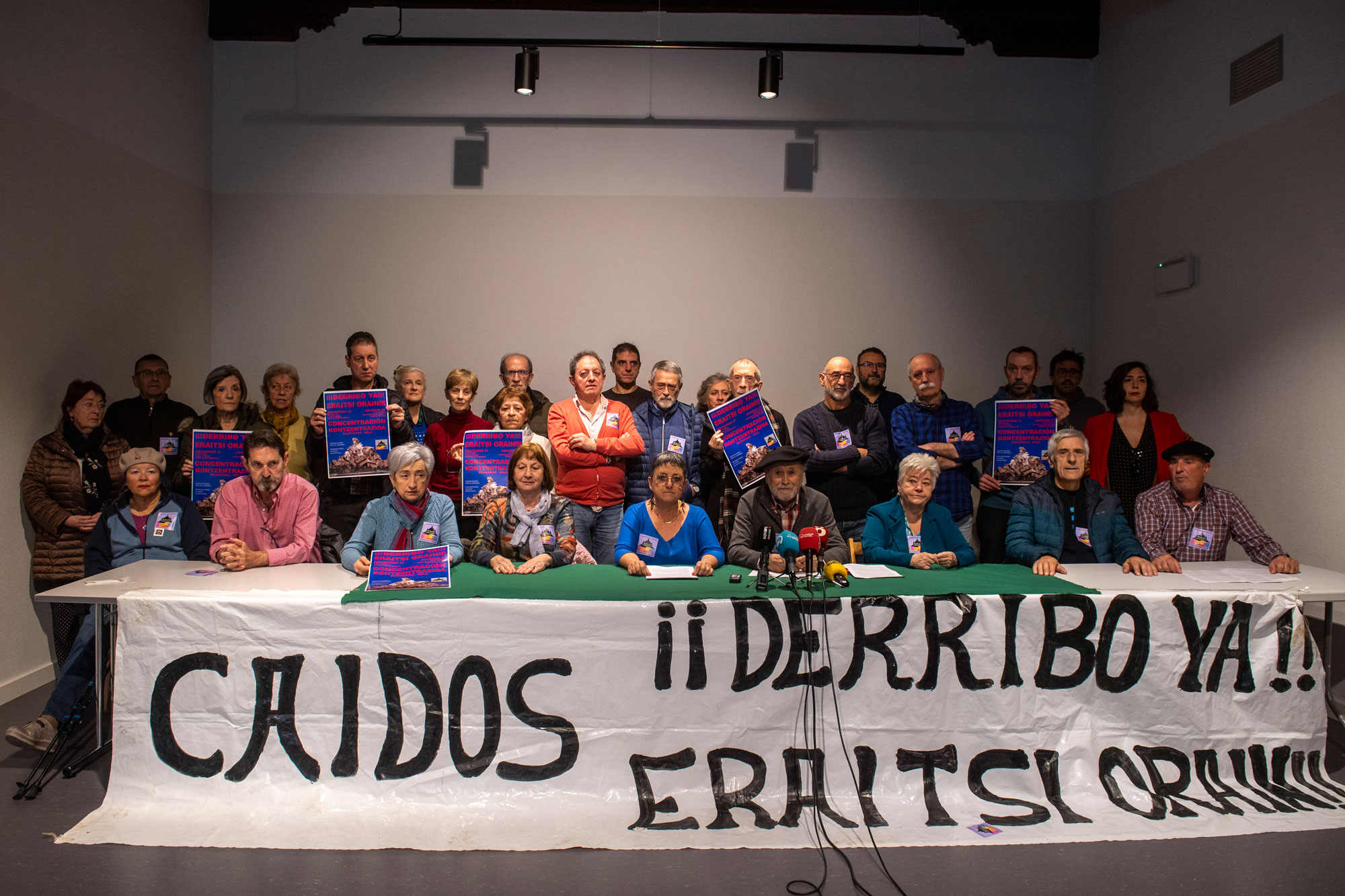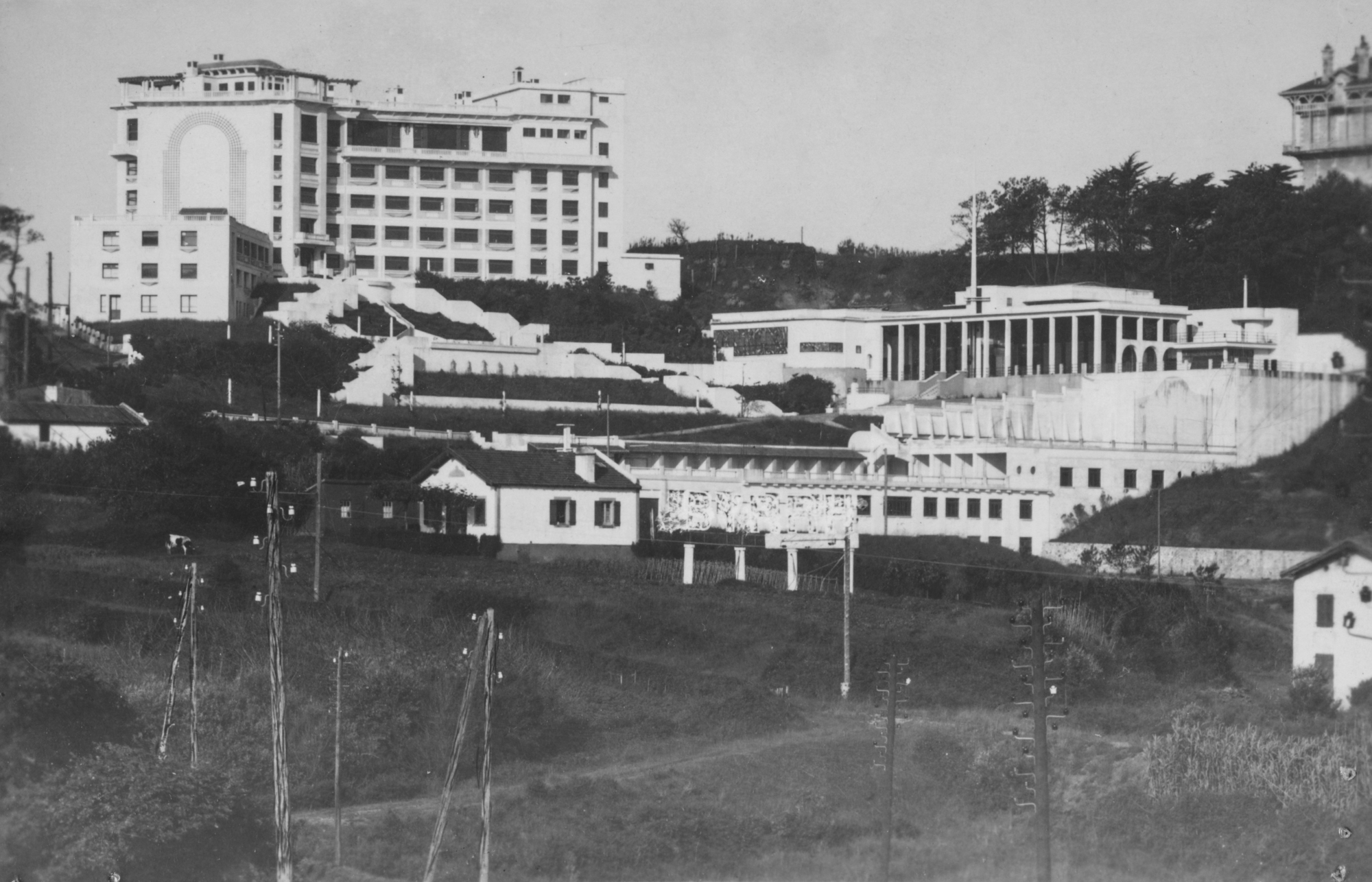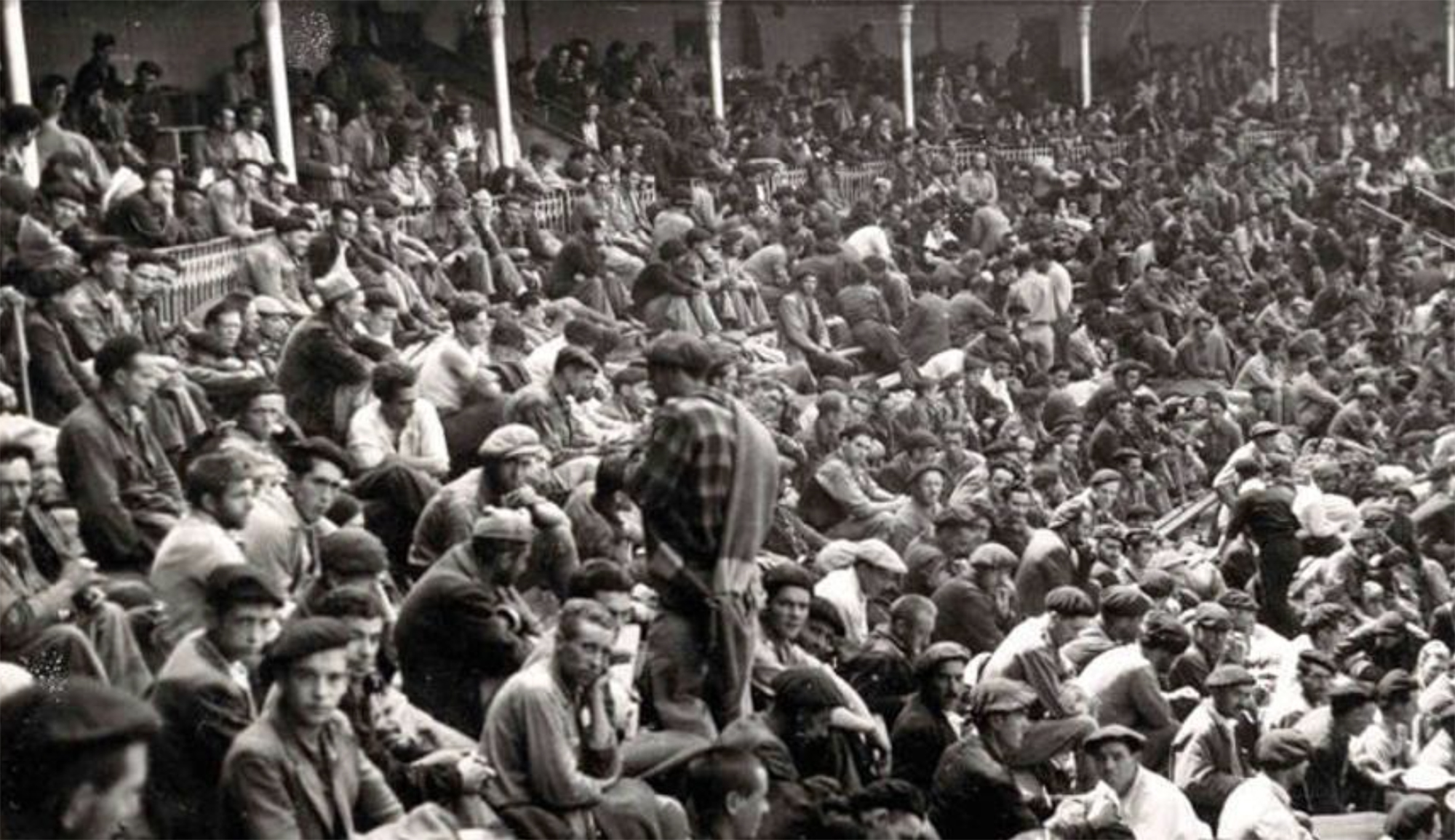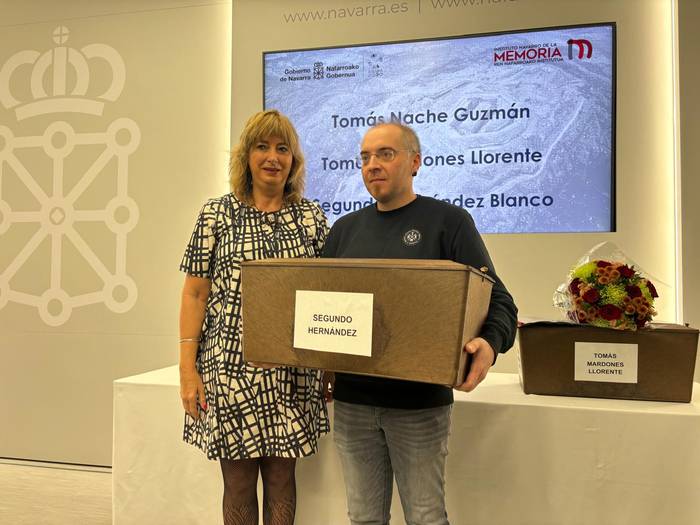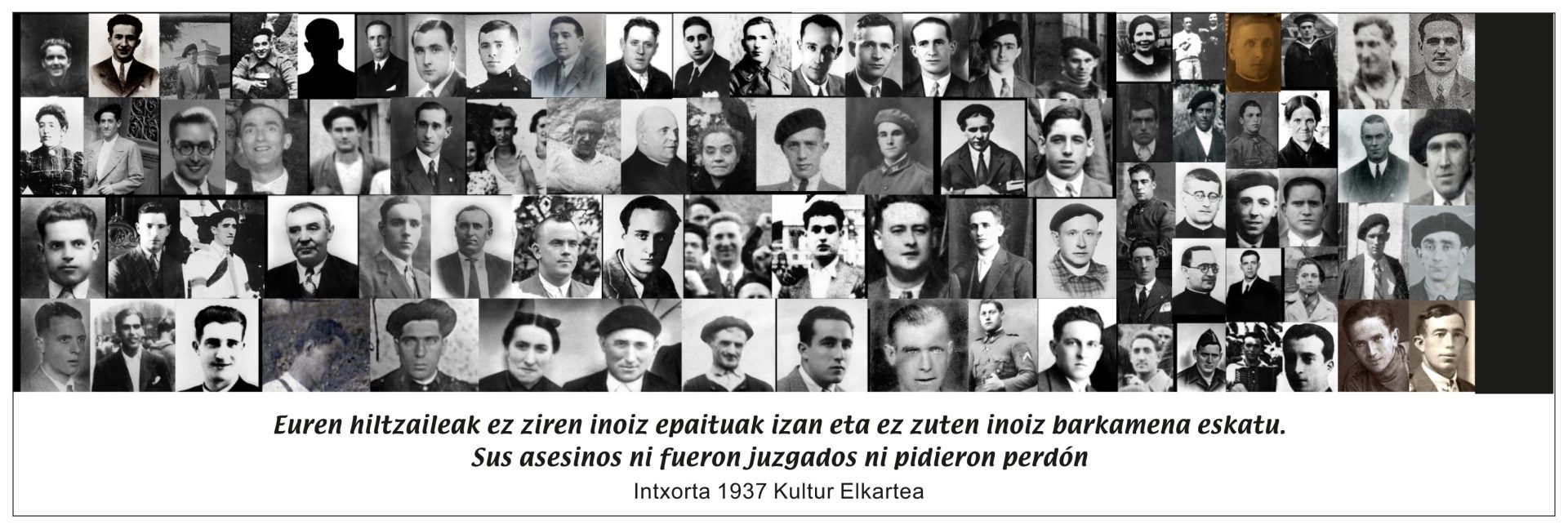They find in Bilbao one of the largest mass graves in Euskal Herria with over 40 bodies of gudaris and militiamen.
- In the cemetery of Begoña (Bilbao) they have discovered one of the largest mass graves of the 1936 War discovered in the Basque Country. There are 46 human remains, most of them from gudaris and militiamen who fought for the Republic. The Gogora Institute will run DNA tests on them.

"It was known that the people who had died during the Civil War, most of them individually, were buried in the Begoña cemetery, but there was no documentation about this common grave." This is evidenced from the Society of Aranzadi Sciences in which the discovery of the cemetery of Begoña in Bilbao is made known. Under the Begoñako Argia project, which leads the association, today the largest mass grave of the 1936 war known in the CAV, and one of the largest in the Basque Country, has been discovered. The remains of 46 people have been found, "of which 42 are combatants and militiamen", as deduced from the ears and plates of the belts found in the grave.
The common fossa found consists of four sections. In the first two sections, two corpses were buried, one from the top, and "at least one of them showed signs of death - the bullet hole in the skull and hands tied to the back." According to Aranzadi, three of them could have been buried in a common burial, according to the records of the local cemetery. "The fourth one is not in the record, but in that same place it had a tombstone." According to the association, at least two of them would be rebelled and would probably have been executed by the Republicans a few days before the Francoists took Bilbao.
In the third and fourth sections of the tomb, 17 and 25 human remains have been found, respectively. The material found next to the human remains indicates that all of them would be soldiers and militiamen who fought for the Second Republic. In the third body they were buried face down and in the fourth, mouth up and mouth down.
Along with the remains found in the pit have found coins, wicks, pencils, combs, knives, buttons, boots, munitions, soldiers' chaps and some belt ear, among other objects.

The Begoñako Argia project was launched last October and the remains of more than 2,200 people have been disobeyed. "As a result of these works and prior documentation, we knew that in Begoña there were remains of people killed during the Civil War, some of them had already been disobedished, both in the Begoñako Argia project and before. Most were buried individually and all had the documentation in the cemetery record." However, there was no documentation of the mass grave that had been found in recent weeks.
The finding and its conclusions have been presented this Wednesday at the City Hall of Bilbao with the presence of Juantxo Agirre, general director of the Society of Sciences Aranzadi, Juan Mari Aburto, mayor of Bilbao, and Beatriz Artolazabal, minister of Equality, Justice and Social Policies of the Basque Government.
DNA samples
Aranzadi has reported that the Gogora Institute will conduct DNA tests on all exhumed remains and contrast them with the DNA of the relatives of the victims of the 1936 War buried in the Begoña cemetery.
In this regard, Artolazabal has appealed to the relatives of the deceased in defence of Bilbao to come and inform the Gogora Institute.
Pamplona, 1939. At the beginning of the year, the bullring in the city was used as a concentration camp by the Francoists. It was officially capable of 3,000 prisoners of war, at a time when there was no front in Navarre, so those locked up there should be regarded as prisoners... [+]
Segundo Hernandez preso anarkistaren senide Lander Garciak hunkituta hitz egin du, Ezkabatik ihes egindako gasteiztarraren gorpuzkinak jasotzerako orduan. Nafarroako Gobernuak egindako urratsa eskertuta, hamarkada luzetan pairatutako isiltasuna salatu du ekitaldian.









